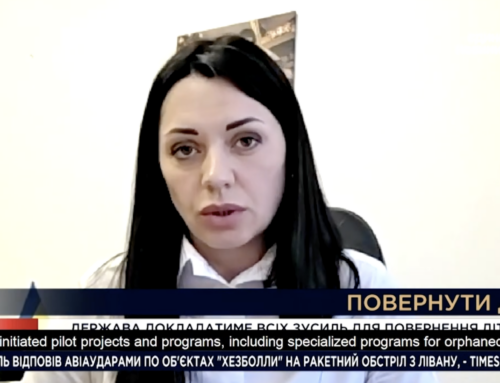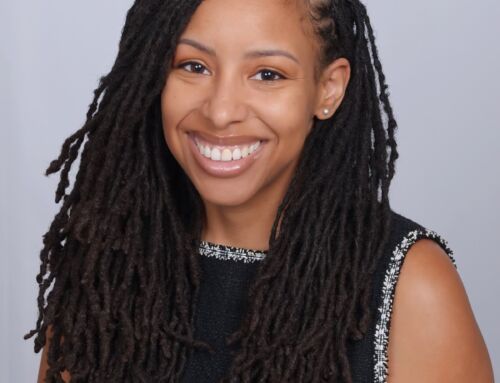If you watched the second season of the popular NBC drama This is Us — 13 million Americans did each week — you were probably gripped by the plotline involving a teenage girl in foster care called Deja. And maybe, just maybe, you’ve been asking yourself: Is this really what it can be like to foster or adopt an older child? Or, I’d like to help, but could I be a good parent to one of these children?
You’re not alone. An awful lot of parents have been asking my colleagues and me — we specialize in helping older kids find adoptive parents and lifelong connections to caring adult mentors — this exact question. And, it might surprise you to know that the hit drama’s depiction of Deja’s loving but sometimes emotionally wrenching relationship with her foster parents, Randall and Beth, is a pretty realistic and thoughtful portrayal of the challenges and hurt experienced by these children.
The need for caring parents is enormous, especially for older youth, yet it’s unknown to most Americans. Some 400,000 U.S. children are in foster care at any given time. More than a quarter-million kids enter the system each year. For some, it’s a short stay that ends happily, perhaps with them returning to their biological parents’ care or being adopted. But every year more than 20,000 youth “age out” of the system — they become adults without forming the critical relationships they need as a solid foundation to build their lives on.
What This is Us has done so effectively is to give you some sense of both the sadness and delight that fostering a kid brings. If you watched and didn’t feel alienated, that’s a win. If you watched and felt inspired to really help out, here are two ways you can do so.
First, like Randall and Beth, you can decide to bring a foster child into your home. The first thing you should do is register with your state’s child services department or a local adoption agency to take a foster/adoptive/parent training program to get an understanding of the children’s backgrounds and what it takes to parent a child who has experienced trauma. Also, before fostering or being considered for adoption, prospective parents must undergo a rigorous process called a home study — a detailed assessment that makes sure that candidates have the necessary financial, emotional and community resources to be good parents. During the home study process, prospective parents are also educated about some of the challenges they could face.
The second option is perhaps even more powerful. If you are touched by This Is Us but aren’t quite ready to go leap into fostering or adopting a teen immediately, you can dip your toe in instead by joining a program to mentor these kids, or you could donate to one that does.
At Kidsave, for example, we work with the Los Angeles County Department of Children and Family Services on our program called Weekend Miracles, where families commit to taking an older foster youth into their home a couple of times a month for at least one year. Instead of taking a long training course before getting involved, you can read about the kids online, attend an orientation and meet kids at events within a week of signing up. It helps kids and families get to know each other in a natural, unstructured, yet safe environment. There is, of course training and clearances before you can spend time with a child alone or in your home, but that comes later, after you meet kids and have a chance to connect with a child you want to host. Hosting is about introducing a child to other people to help find that permanent connection for the child.
Sometimes hosting leads to guardianship or adoption, other times hosts become life-long mentors. All provide parent-like relationships that, research has shown, leads to better futures.
Parents provide homes, where kids learn how to share, live with rules, and understand unconditional love. They teach kids by example how to become good parents themselves. Parents help kids find colleges and support them so they can succeed. Kids in foster care rarely attend college, and those who do often don’t have enough adult support to graduate.
There are similar programs across the country where you can engage with older youth in care. There’s the Family and Youth Initiative in Washington DC, the CHOICE program run by the Adoption Exchange with the Colorado Department of Human Services, Congregation for Kids in North Carolina, and You Gotta Believe in New York. Your local foster care agency should be aware of any similar program in your area and should be able to connect you. And if they aren’t, encourage them to start one.
What all these programs have in common is the belief that spending time with pre-teens and teens in foster care is the best way to teach something that’s hard to grasp until you experience it first-hand yourself — that what these kids really need more than anything else is a loving relationship with a caring, prepared adult. And, like Randall and Beth experienced, it’s not all roses. Yet the difference a host or a committed foster parent can make in the life of an older child is truly transformative.
(Randi Thompson is CEO and co-founder of Kidsave, a non-profit that works to give older kids the families they need.)




